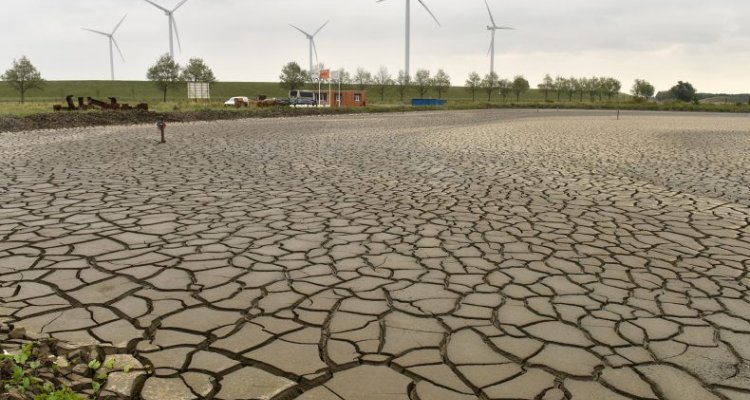
Interview
Nature-based solutions: Dynamic dikes made from silt
The Netherlands, as a low-lying country, has a long history of flood protection. Dike improvement has always been high on the agenda. Current developments, such as sea-level rise, underline the need for such improvements.
Plant growth changes the soil in a way that accelerates the ripening process. This makes it more suitable for strenghtening dikes.
We apply a thinner layer of silt more frequently. This allows the vegetation to persist, and simply grow through the silt layer.